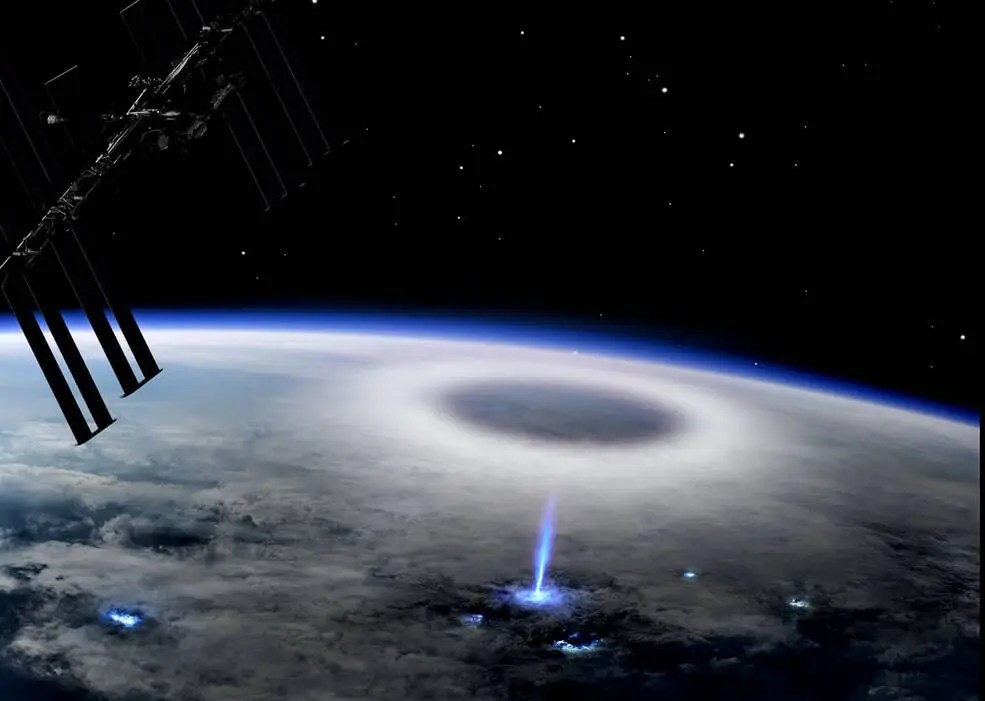KRYTAR Announces Compact, 2-Way MLDD Power Divider – SatNews
Original Publication Date: 2025-01-21 00:00

KRYTAR’s technological advances provide excellent operating performance of this new 2-way unit. Model 6020200 covers the full frequency range from 2.0 to 20.0 GHz. The 2-way divider exhibits Insertion Loss of <1.2dB across the full frequency range.
SpaceX launches Starlink Group 11-8 record number 27 smallsats oceanside in California – SatNews
Original Publication Date: 2025-01-21 00:00

The weather on the west coast was more forgiving than the foggy Florida launch earlier this morning. On a sunny Tuesday, January 21 at 7:45 a.m. PT, Falcon 9 launched 27 Starlink satellites to low-Earth orbit. This was the 10th flight for the first stage booster supporting this mission, which previously launched Oneweb 4, USSF-62, and now eight Starlink missions.
SpaceX sends off Starlink Group 13-1 of 21 smallsats through intense fog – SatNews
Original Publication Date: 2025-01-21 00:00

The Falcon 9 rocket launched the Starlink 13-1 mission from Kennedy Space Center’s Launch Complex 39A at 12:24 a.m. ET. This was the 8th flight for the first stage booster supporting this mission, which previously launched Crew-8, Polaris Dawn, CRS-31, Astranis: From One to Many, and three Starlink missions.
Curtiss-Wright’s multi-modem, hybrid communications gateway provides secure communications in any environment – SatNews
Original Publication Date: 2025-01-21 00:00

Curtiss-Wright’s Defense Solutions Division has introduced the PacStar 465, a new, multi-modem hybrid communications gateway module. The PacStar 465 allows joint users to communicate via secure military and commercial networks. The module is powered by HybridComm™ from Fairwinds Technologies.
Station Science Top News: Jan. 17, 2025
Original Publication Date: 2025-01-21 11:15

Researchers report details of phase and structure in the solidification of metal alloys on the International Space Station. This work could support improvements in techniques for producing coatings and additive manufacturing or 3D printing processes. Researchers determined the height of a blue discharge from a thundercloud using ground-based electric field measurements and space-based optical measurements.
How New NASA, India Earth Satellite NISAR Will See Earth

SAR uses a technique to create high-resolution images from a low-resolution system. As the radar travels, its antenna transmits microwaves and receives echoes from the surface. With SAR, the spacecraft’s path forms the “lens,” and the processing adjusts for the Doppler shifts.
